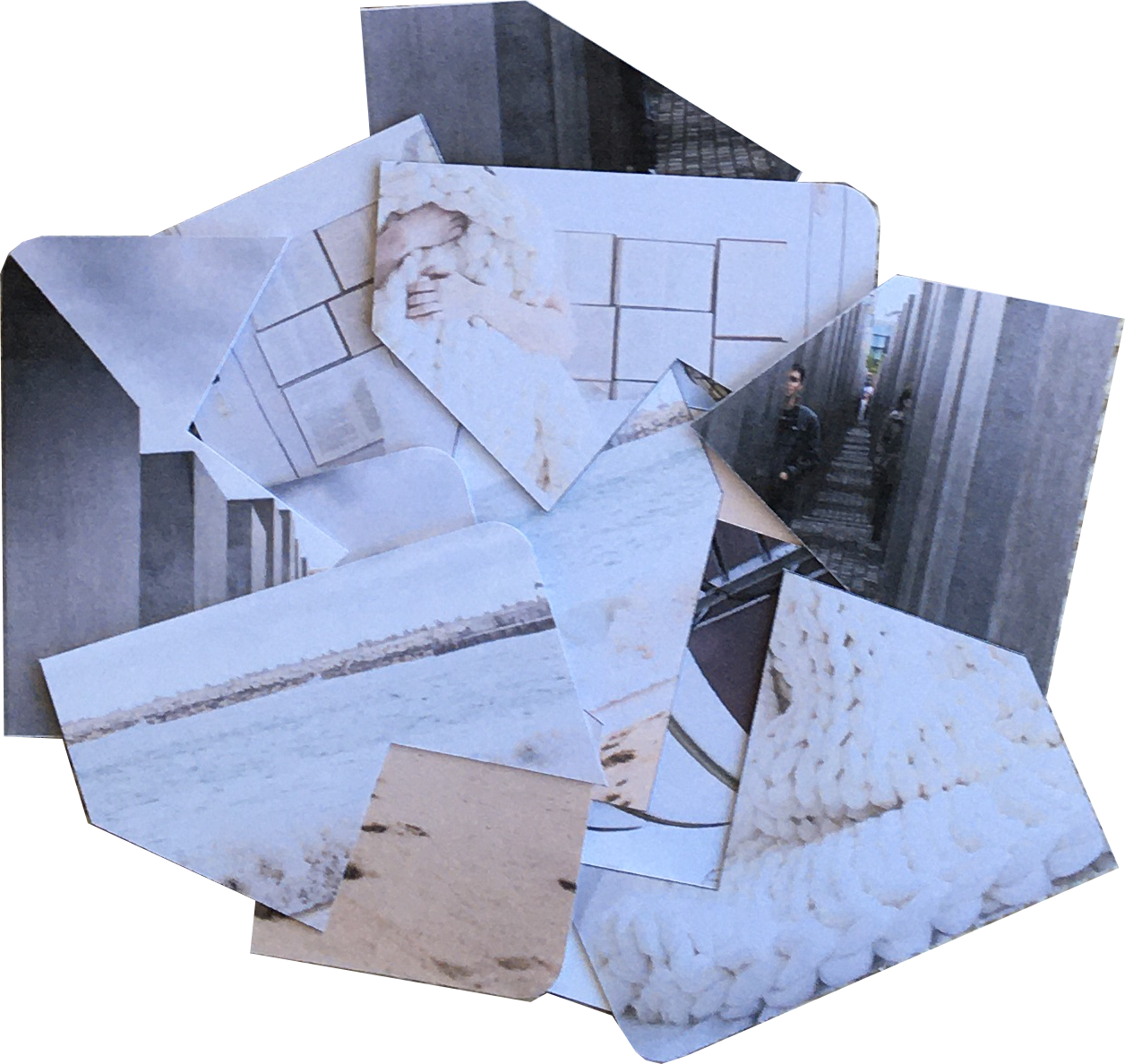What's the toolkit for co-creation in architecture?
Arplaytecture: the toolkit for co-creation is a generative set of methods and tools to brainstorm in the fuzzy front end in architecture and planning. The toolkit aims to fill the communication gap between architects, users, and the rest of the stakeholders involved in architecture and planning design processes, allowing them to co-design for experience in architecture from a child perspective. The toolkit includes: 1) disruptive arplaycards; 2) arplaycards; 3) arplaywords. These tools can work combined or separately. Architects can use the toolkit to develop co-creation sessions: 1) with children; 2) with clients; 3) with the design team; 4) with any stakeholders. The toolkit also aims to support students of architecture in their creative process.

Why a toolkit for co-creation in architecture?
"[…] one of the major challenges in the planning and architectural practices today is the communication gap between the design team, the various levels of ‘user groups’ and the wide array of specialised consultants to the process. […]" (Sanders and Stappers, 2008)
How the toolkit for co-creation in architecture works?
The disruptive cards (primary tool) are an open-ended source based on the concept of bisociation. Stakeholders' latent and tacit needs and wishes can emerge through a tool that promotes a common language. The unveiled new experiential connections can be used as an inspiration for designing. The disruptive cards can be handled as loose parts or a pocket journal. They can be used with the Arplaycards and arplaywords or for free play.
